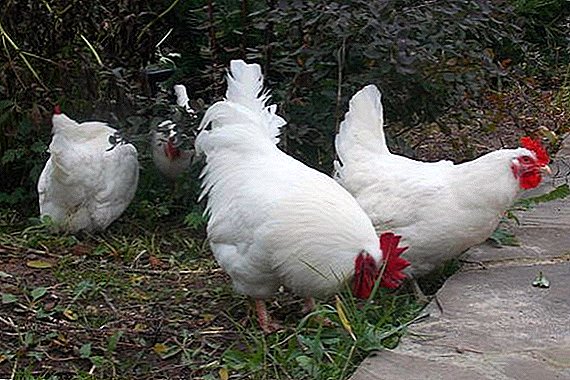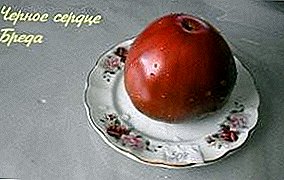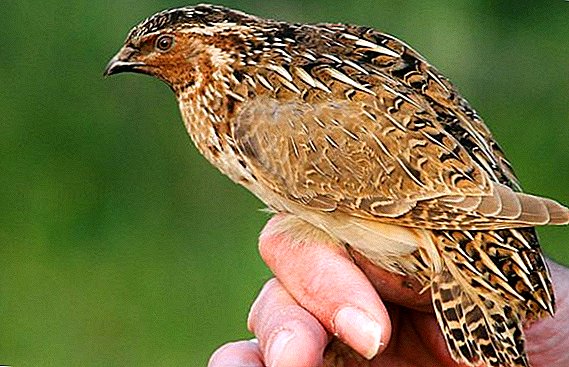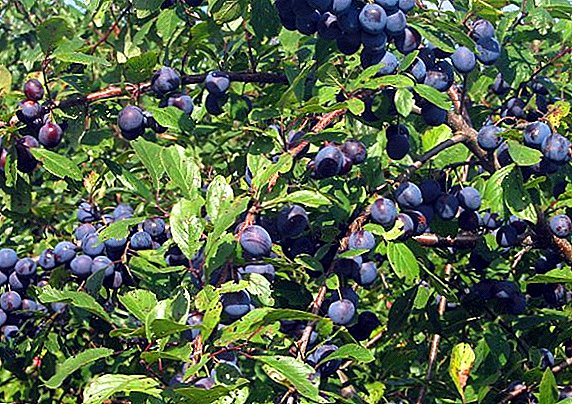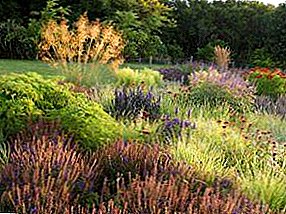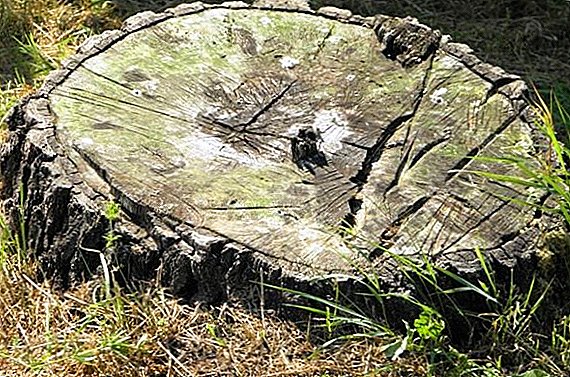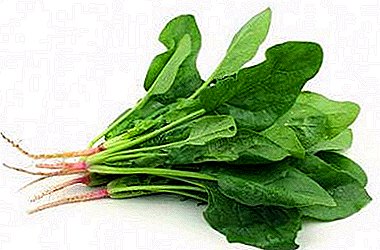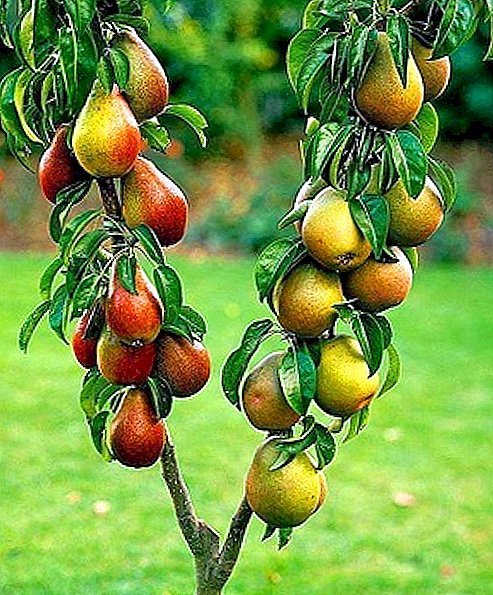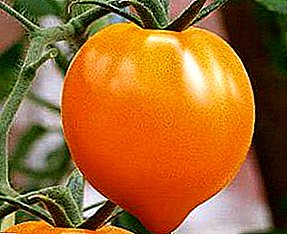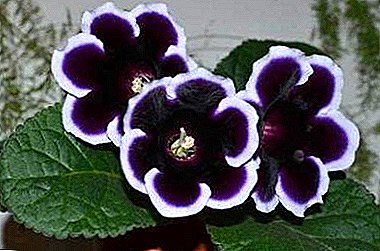
Gloxinia conquers its spectacular flowering, which spends a lot of strength. For a successful development, it needs a rest period from October to February. At this time, you need to create special conditions for the flower. Inadequate rest or lack of it violates the life cycle of the plant.
Today we will look at how to prepare a delicate flower for winter. We will tell you why and how you need to dig out the plant tuber and how to properly store it during the rest period. You can also watch a useful and interesting video on this topic.
Wintering features
When to retire? Do not force this. Such gloxinia has a small tuber less than two centimeters in diameter, which in conditions of wintering without watering can dry out and die. A young plant needs special care in the winter season:
- Provide the correct temperature. Indicators should not rise above + 20 ° C. If the room is too hot, the stem will be pulled to the detriment of the growth of the tuber.
- Water less often than in summer season. (about how to properly water and feed gloxinia for long-term flowering, read here). Otherwise, overwetting will lead to rotting of the roots.
- Organize the backlight. Light day should last at least 12 hours a day. In the absence of additional lighting, the flower is strongly drawn out. To prevent this, the room temperature is reduced to + 18 ° C. Or at the end of February, a long stalk is pruned, leaving only the lower leaves.
Details on what to do next after gloxinia has blossomed, read here, and from this article you will learn about the features of flower care at home.
Rest period
 When to clean gloxinia for the winter, for peace? Usually, in September-October, the plant goes to the midnight state, when it begins in the drought season in their homeland, South America.
When to clean gloxinia for the winter, for peace? Usually, in September-October, the plant goes to the midnight state, when it begins in the drought season in their homeland, South America.
In the case when the plant has faded and does not want to fall asleep, he needs help. If gloxinia does not go to rest on time, flowering periods will move, which should be in the spring and summer months.
To avoid this, in the beginning of autumn they begin to prepare a faded gloxinia for wintering. At late flowering, waiting for its completion. After complete self-extinction of the aerial part of the tuber is ready for storage. If everything is done correctly, gloxinia will begin to wake up not earlier than January - February..
Detailed description
To preserve the viability of adult tubers, gloxinia must be properly prepared for the winter rest:
- In September-October, after flowering, place Gloxinia in a less illuminated place, for example, on a northern window-sill. Provide a temperature of + 15 ° C. Feed once with potash fertilizer. Gradually reduce watering. Moisten the soil with small portions of water no more than once a week.
- When the leaves start to dry, stop moistening the substrate. You can not immediately cut the aboveground part of the plant. It is necessary to allow nutrients to gradually move into the tuber from the stem and leaves. If you cut the green foliage, vegetation processes may resume.
- After completely dying off the upper part, cut it off, leaving a small stump one and a half centimeters high.
Methods and storage conditions
When the training is completed, you need to send the tuber to winter. Storage methods:
- Tuber leave in the pot. You can sprinkle with river sand. Cover the pot with a saucer, place in polyethylene and place in a cool place with a temperature of +10 to + 15 ° C. Ensure that the tuber does not dry out completely. Lightly moisten the soil by spraying several times during the winter.
- Two weeks after the complete extinction of the aerial part, dig up the tuber. Peel off residues. You can rinse it in water, dry and process Fitosporin. Take a plastic bag with a clasp, put in it a little wet sawdust or river sand or chopped peat. Or take a mixture of substrate with vermiculite. Sand pre-rinse and hold in a hot oven.
- Put the tuber in the package. Store in a box in a cool place at a temperature of +10 to + 15 ° C. The middle or lower shelf of the refrigerator door will do. Every month to get and inspect the tuber. If the substrate is dry, spray it with warm water and return the tuber to its place. Avoid excessive moisture.
In the case when the grower has several gloxinia, make labels indicating the type and date of dispatch for the wintering.
Important: If a tuber is purchased in the fall, it is disinfected with a special agent and stored without a substrate.
As a result of a violation of storage conditions, tubers can wake up earlier than expected.without having rested for two months. In such a development of events, it is recommended to choose one of the following options:
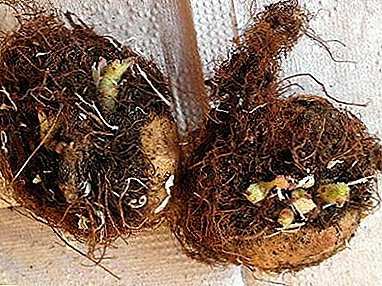 If the sprouts are tiny, you can not remove them. Reduce the amount of moisture produced.
If the sprouts are tiny, you can not remove them. Reduce the amount of moisture produced.- Cut off young shoots. Return the tuber to the place of rest. In the spring, plant it in a pot with a new soil (how to prepare the soil for room gloxinia, read here, and from this article you will learn how to choose the right pot for gloxinia, as well as about the features of planting and watering the plant). Put in a warm and bright place.
- Plant the plant in a fresh substrate. Illuminate with fluorescent lamps. At the same time there is a risk to get a weak, heavily thinned gloxinia. In this case, at the end of February, the top of the stem should be removed, leaving only the lower leaves. Cut tops can be rooted. After some time, Gloxinia will give new shoots.
- Keep the awakened plant in cooler conditions at + 18 ° C. Provide good natural light. So you can avoid the active growth of gloxinia.
- seeds;
- sheet;
- cuttings.
Conclusion
For normal life Gloxinia requires a full and timely rest. After the preparatory activities, the tuber is sent for wintering. Rested gloxinia to the beginning of spring will again be full of strength in order to reveal their charming flowers.


 If the sprouts are tiny, you can not remove them. Reduce the amount of moisture produced.
If the sprouts are tiny, you can not remove them. Reduce the amount of moisture produced.